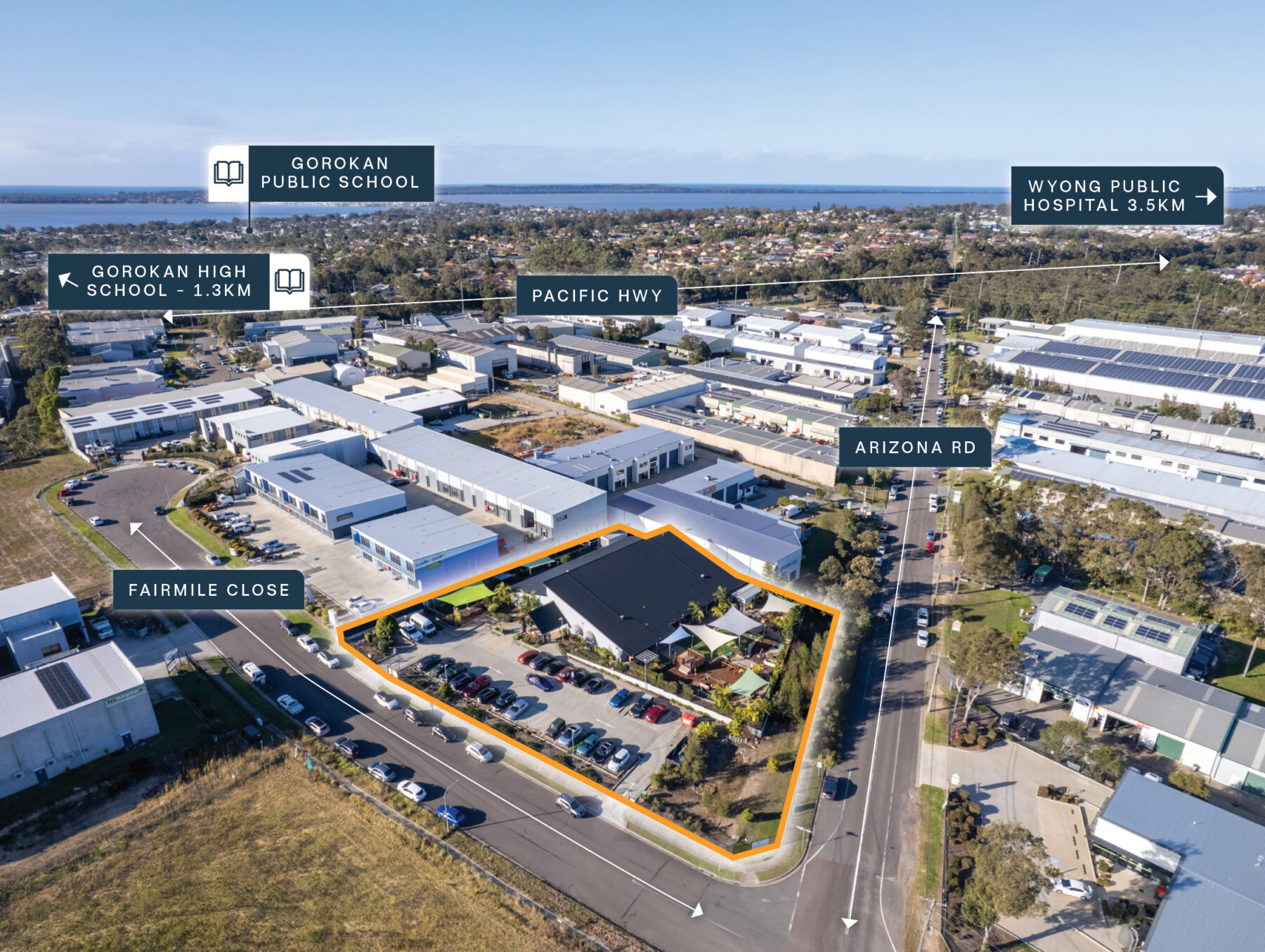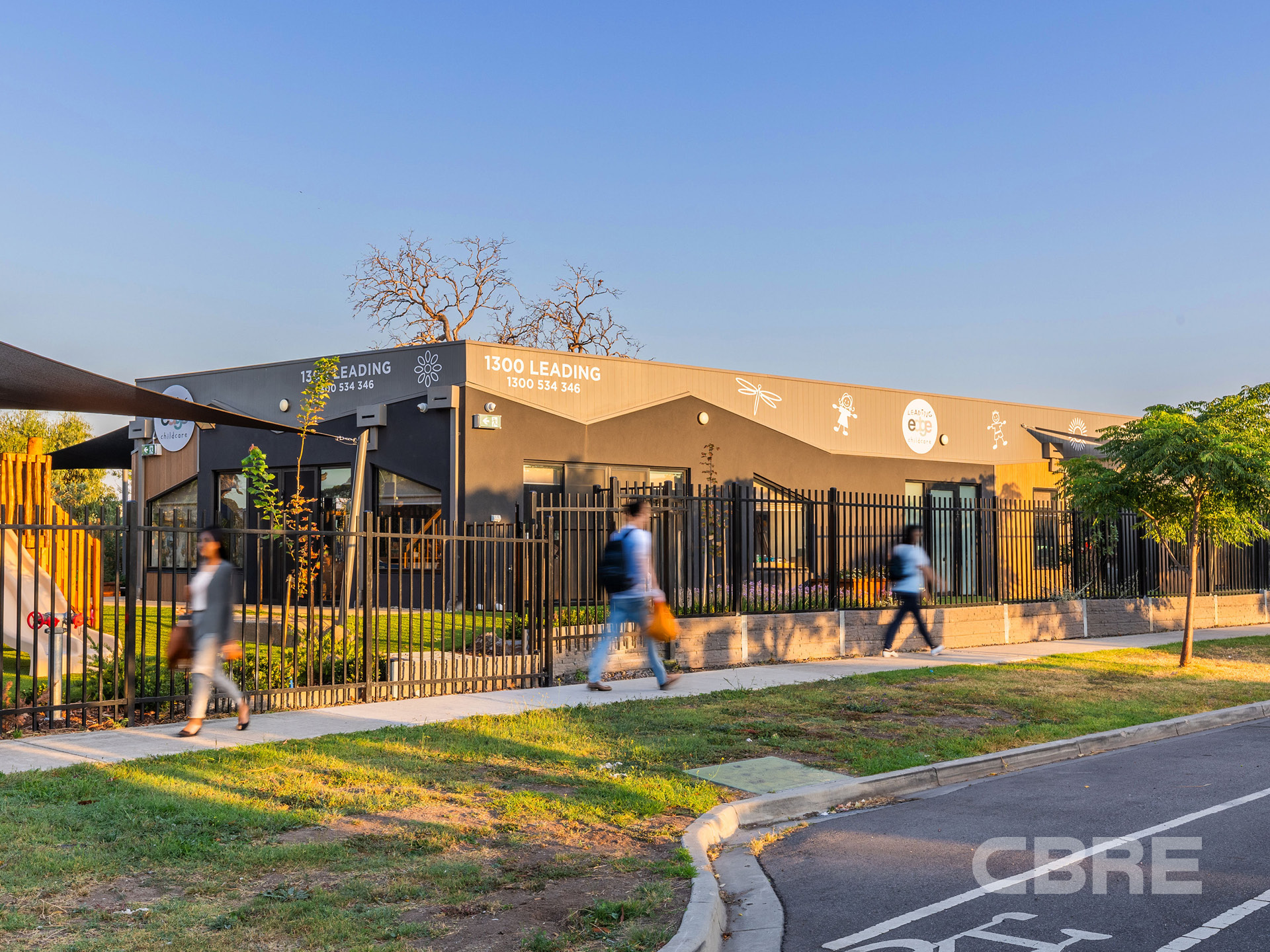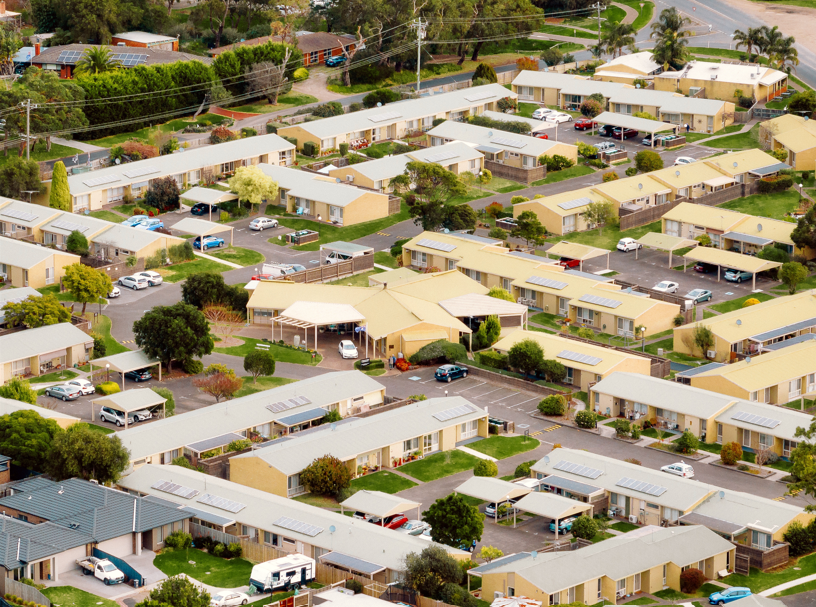The Major Growth of the Life Science Real Estate Sector and What It Means For Investors
16 March 2023
With the recent COVID-19 pandemic and focus on medical innovation, the Life Sciences industry now is a major growth sector within Australia, contributing to increasing occupier and investment activity within commercial property. The industry includes medical laboratories, medical research organisations, health manufacturing, pharmaceutical companies, contract research organisations (CROs), biotech firms, contract manufacturing organisations (CMOs) and genomics.
CBRE’s Australian Healthcare and Social Infrastructure team has expertise that spans many life sciences categories and property types, leading the industry in managing this highly regulated space.
“With an increase in health awareness and the impact of COVID-19, there has been a rising appetite amongst investors for Life Science venture capital investment and private investment opportunities. Since 2000, the ASX300 Pharmaceuticals and Biotechnology index has grown by more than 360%.” Director Sandro Peluso said
There are a number of key reasons for this increase in investment demand. In particular is the rise in the age of the average Australian, growing demand for medical treatments and life-extending products and this is expected to continue at an increasingly significant rate. Australia’s projected population aged 85 and above is expected to increase from 534,000 in 2021 to 1.28 million by 2041 – an increase of 140%.
Another key reason for the growth of Life Sciences is increased government funding for this sector. The Australian government uses the National Health and Medical Research Council; Biomedical Translation Fund and the Medical Research Future Fund alongside grants to universities to fund health and medical research. Since the beginning of 2010, total government research spending allocated for health sits at 16.5%, compared to a median of 7.8% in other countries.
CBRE Negotiator Kai Wang noted, “There is a shortage of quality Life Science facilities in Australia with only a small number of investors seeking exposure in this emerging asset class. The biggest concern is always the lack of historical evidence associated with an emerging asset class.”
“However, compared to core commercial real estate investment where the average lease expiry sits at 5-7 years, Life Science operators often commit to long lease terms of 10-15year+ due to the capital needed to set up such facilities. Furthermore, with a record low vacancy rate, having a Life Science operator in a facility is likely to drastically increase its market appeal when it comes time to sell.” He added
“Many Life Science companies have experienced major growth in the past 2 years and are ready to invest in new facilities. Developers/Investors have noticed the surge in demand for quality Life Science assets in the central Melbourne health precinct with North Melbourne being under the spotlight; this is expected to become the next biggest health and biomedical hub in Melbourne.” Sandro Peluso said.
Mr Peluso highlighted “Recently, BRC Capital has acquired a major 5,463sqm* site at 189-203 Arden Street, with the potential to create a $600 million mixed-use health hub. Along with the promise of the Victorian Government to build two new hospitals near the precinct in the coming years, Arden is shaping up to become a key destination for employment, education, medical and innovation.” To request further information about Life Science assets or to obtain the 2023 CBRE Healthcare Report please contact one of the CBRE marketing agents via the contact details below.



